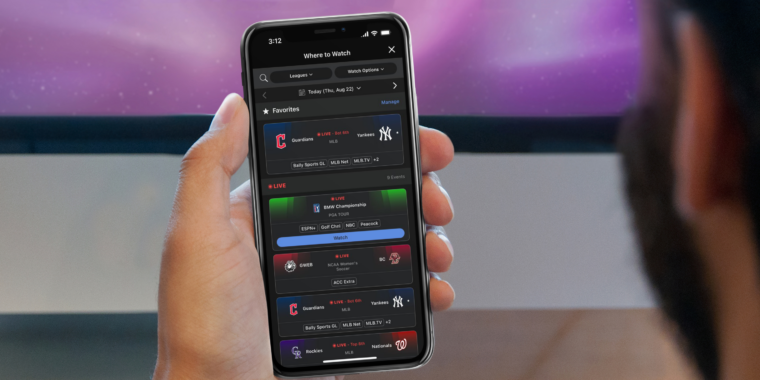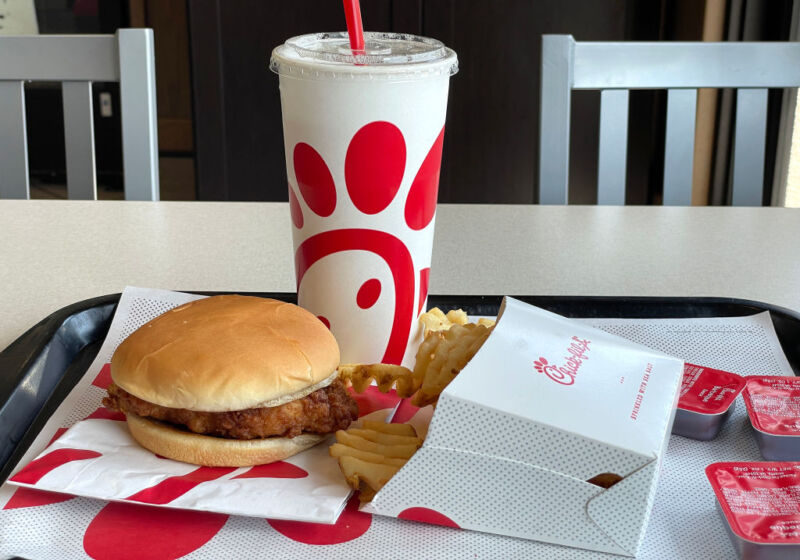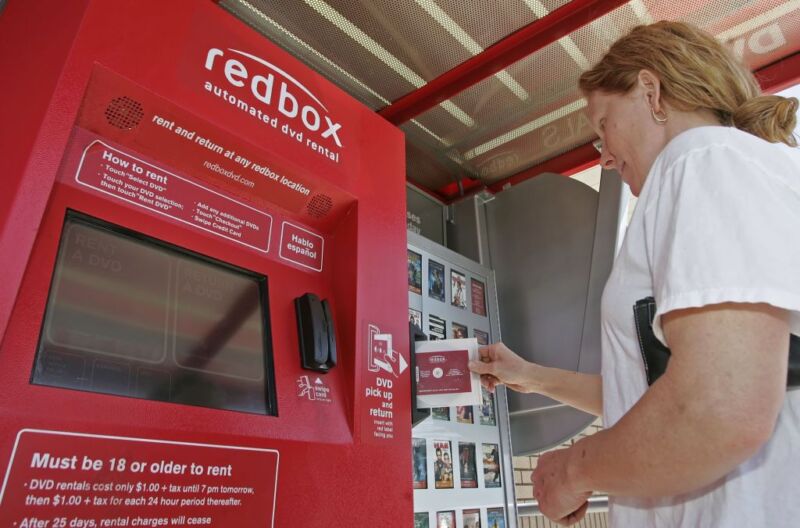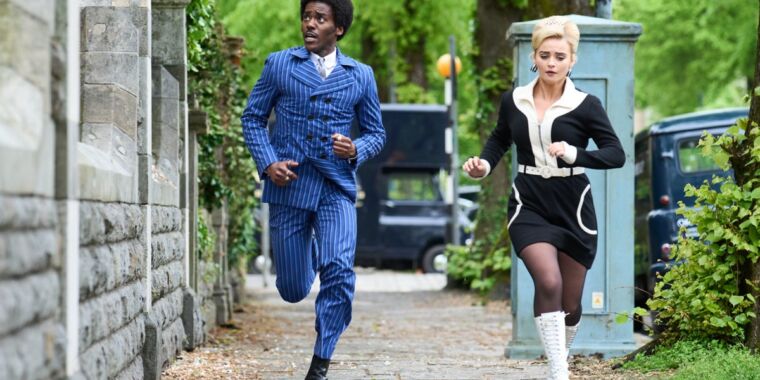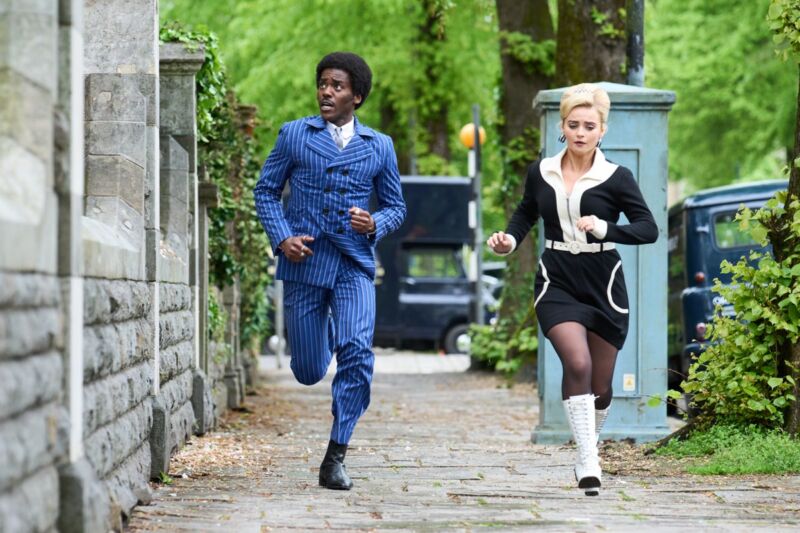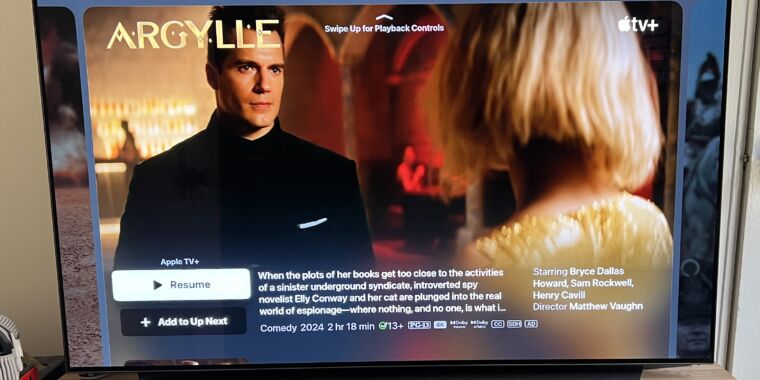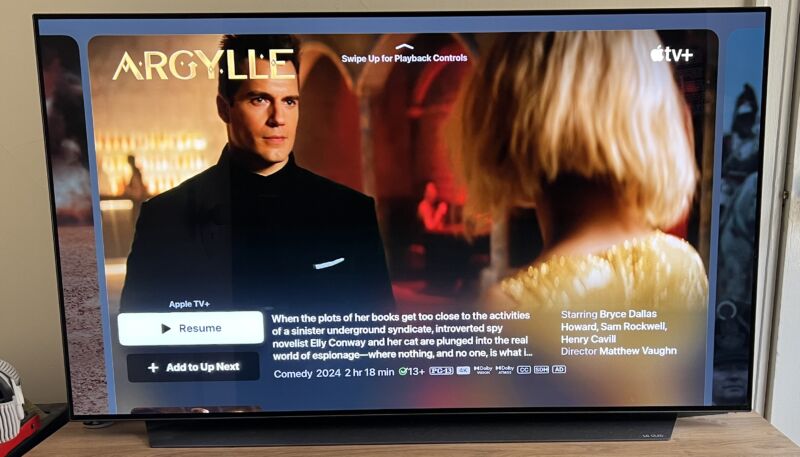Leaked Disney+ financials may shed light on recent price hike

Enlarge / A shot from Agatha All Along, an upcoming Disney+ exclusive.
Marvel Studios/Disney+
A leak of data from Disney points to the Disney+ streaming service making about $2.4 billion in revenue in its fiscal quarter ending on March 30. Disney doesn’t normally share how much revenue its individual streaming services generate, making this figure particularly interesting.
Leaked data
In August, Disney confirmed that it was investigating the leak of “over a terabyte of data from one of the communication systems” it uses. In a report this week, The Wall Street Journal (WSJ) said it looked over files leaked by a hacking group called Nullbulge that include “a range of financial and strategy information,” apparent login credentials for parts of Disney’s cloud infrastructure, and more. The leak includes over “44 million messages from Disney’s Slack workplace communications tool, upward of 18,800 spreadsheets, and at least 13,000 PDFs,” WSJ said.
“We decline to comment on unverified information The Wall Street Journal has purportedly obtained as a result of a bad actor’s illegal activity,” a Disney spokesperson told WSJ.
$2.4 billion
According to WSJ, financial information came via “documents shared by staffers that detail company operations,” adding, “It isn’t official data of the sort Disney discloses to Wall Street and might not reflect final financial performance for a given period.” That means we should take these figures with a grain of salt.
“Internal spreadsheets suggest that Disney+ generated more than $2.4 billion in revenue in the March quarter,” WSJ reported, referencing Disney’s fiscal Q2 2024. “It underscores how significant a revenue contributor Hulu is, particularly as Disney seeks to buy out Comcast’s stake in that streaming service, and as the two sides spar over its value.”
The publication noted that the $2.4 billion figure represents “about 43 percent”—42.5 percent to be more precise—of the direct-to-consumer (DTC) revenue that Disney reported that quarter, which totaled $5,642,000,000 [PDF]. In its Q2 report, Disney put Disney+, Hulu, and Disney+ Hotstar under its DTC umbrella. DTC revenue in Q2 represented a 13 percent increase compared to the same quarter in the prior fiscal year.
Further, subscriber counts for Disney+ and Hulu increased year over year in Q2. The leaks didn’t specify how much revenue Disney’s streaming businesses made in Q3, but Disney reported that DTC revenue increased to $5.8 billion [PDF].
Right before announcing its Q3 numbers, though, Disney announced price hikes across Disney+, Hulu, and ESPN+ by as much as 25 percent. As we wrote at the time, the price hike seemed like an attempt to push people toward bundle packages offering a combination of Disney+, Hulu, and/or ESPN+ (bundles are supposed to make subscriber churn less likely). Disney CFO Hugh Johnston tried convincing us that Disney’s streaming catalog meant that it had “earned” the streaming price hikes.
But the recently leaked numbers shed a little more light on the situation.
Leaked Disney+ financials may shed light on recent price hike Read More »

